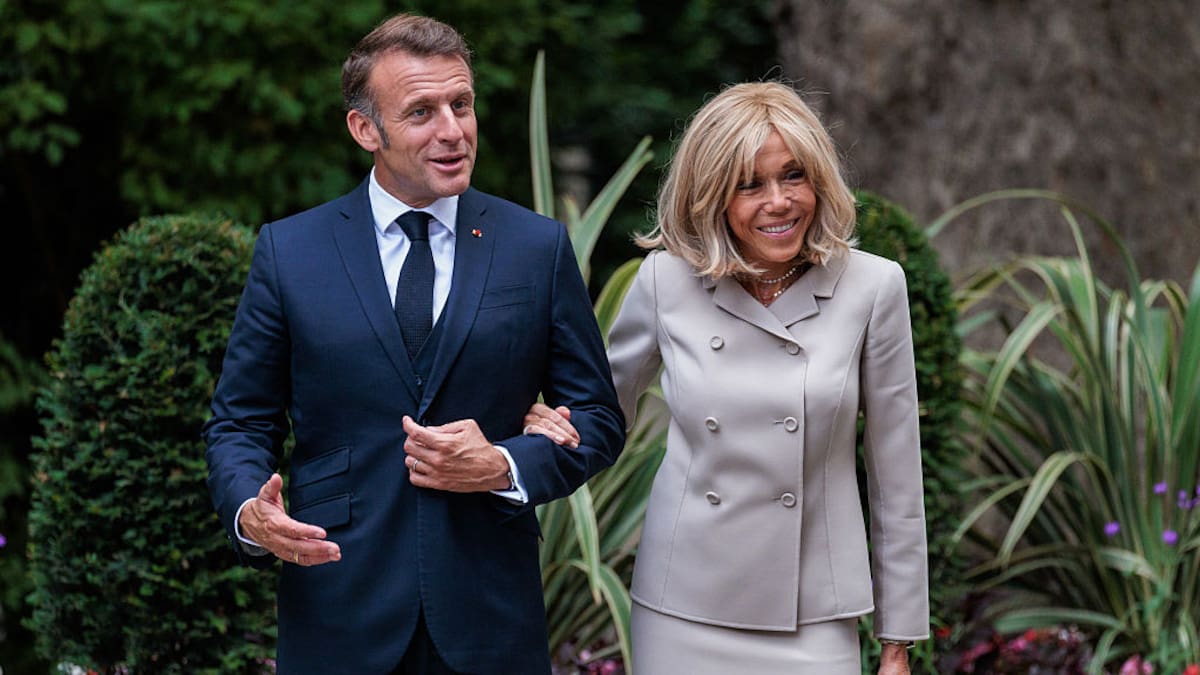Fed officials have in recent months flagged concerns that the labour market is cooling, causing them to shift their attention to bolstering hiring, even though inflation remains above the Fed’s target.
“The Fed’s rate cut is a tactical error,” Moody’s Analytics banking industry practice lead Chris Stanley wrote in a note shared with AFP.
“The data does not support cutting rates,” he added. “With inflation still elevated, they may find themselves walking this cut back in the near future.”
Fed to end QT
The Fed also announced that it would soon end its policy of shrinking the size of its balance sheet, in a move that was also widely expected.
“The committee decided to conclude the reduction of its aggregate securities holdings on December 1,” the Fed said in a statement confirming its decision.
The Fed’s balance sheet ballooned in the early days of the Covid-19 pandemic, and has been gradually reduced in recent years.
“I think they’re very cautious about stresses in the financial markets,” former Cleveland Fed President Loretta Mester told AFP before the rate announcement, referring to the anticipated end of the Fed’s quantitative tightening policy.
“They could probably get the balance sheet down a little bit further,” she added. “But I don’t think there’s much appetite for that.”
December less clear-cut
Quarter percentage-point cuts in both October and December were largely baked into the financial markets before the meeting, mirroring the median expectation laid out by Fed policymakers in their most recent economic forecasts, published last month.
But many analysts expect Fed chair Jerome Powell will tell reporters during the bank’s post-decision press conference that the rate-setting Federal Open Market Committee (FOMC) is keeping an open mind about the following meeting.
“I don’t think it’s a given that there will be a majority of FOMC voters that will favour easing in December,” EY chief economist Gregory Daco told AFP before the Fed rate decision.
Powell “has not made up his mind yet, for one, as to whether a December rate cut will be necessary”, added Daco, who nevertheless expects the Fed to make two quarter-point rate cuts this year.
Also simmering in the background are Trump’s attempts to exert greater control over the management of the Federal Reserve, and Treasury Secretary Scott Bessent’s widely-publicised plans to find a replacement for Powell, whose term as Fed chair ends in May.
But that is unlikely to feature in the actual discussions this week, with policymakers most likely remaining squarely focused on interest rate policy, according to Mester, a former voting member of the FOMC.
“They’re really basing it on their best assessment … of where the economy is, where it’s likely [to] go, and how they can set monetary policy to achieve maximum employment and price stability,” she said.
– Agence France-Presse






